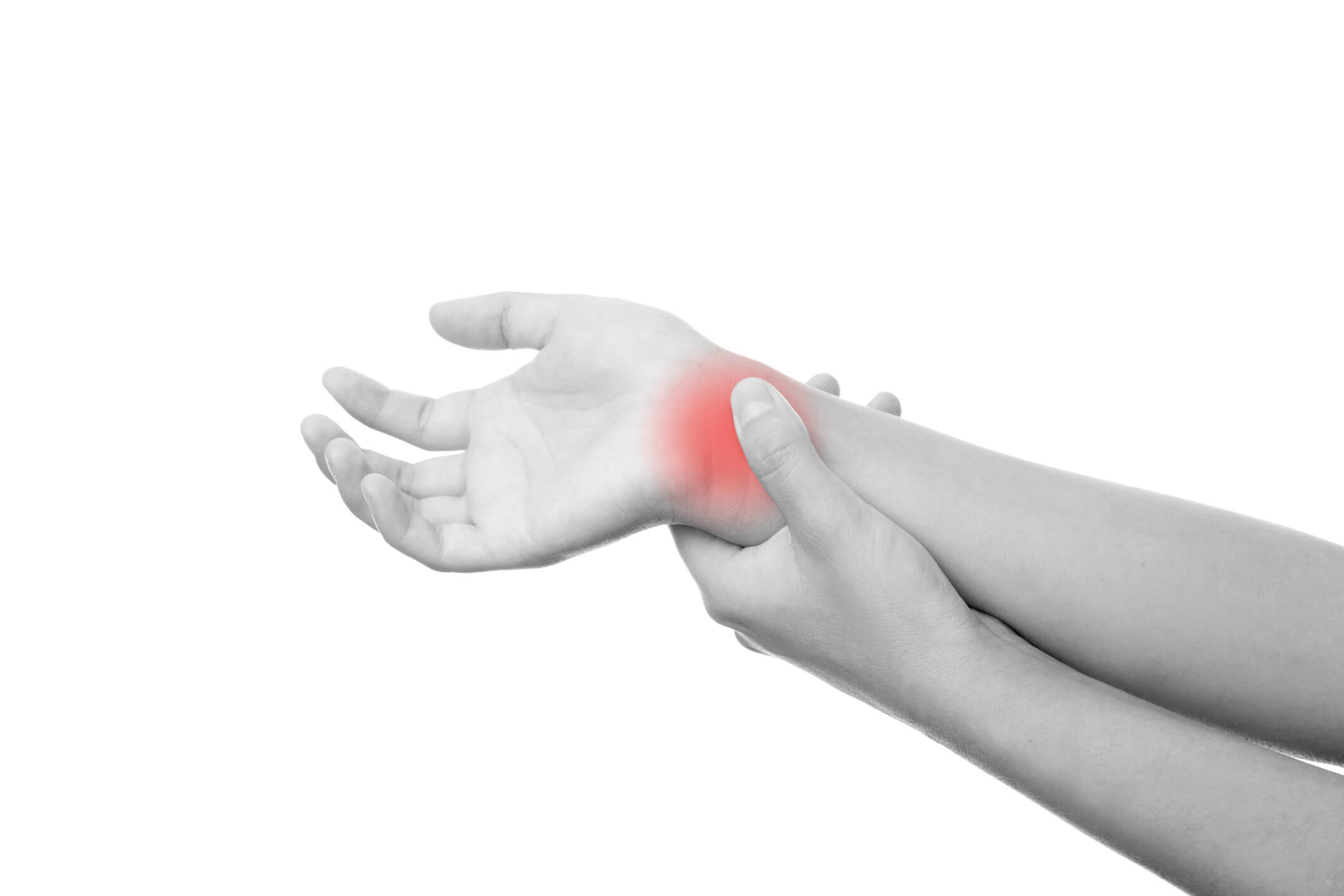Miss Shamim Umarji
Consultant Orthopaedic Surgeon
Specialist expertise: Hand and Wrist Problems, Sports Injuries, Orthopaedics, Carpal Tunnel, Cubital Tunnel, Trigger Finger, Arthritis, Hand & Wrist.
A painful condition that affects the tendons as they pass through a tight tunnel on the thumb side of the wrist

This is a painful condition that affects the tendons as they pass through a tight tunnel on the radial (thumb) side of the wrist causing pain at the base of the thumb radiating up and down the side of the wrist and into the thumb, particularly with use and grip.
The exact cause is unknown, and often no cause is found. The mechanism is clear – the affected tendons pass through a tight fitting tunnel at the base of the thumb – excessive use produces swelling and friction. This in turn makes the swelling worse and the situation is aggravated.
This scenario can be triggered by periods of excessive use, such as intensive gardening, sports, changes of job which require grip. Hormones are also likely to play a role as pregnant or breastfeeding women are particularly prone to this condition.
The condition is characterised by:
De Quervain’s tenosynovitis can be self limiting and resolve without active treatment. At this stage, analgesic gels, and especially rest, can be beneficial.
If the symptoms do not improve with lifestyle modification, the first lines of treatment are:
Surgery (release of the tunnel for permanent relief): The aim of this is to lay open the tight tunnel. This provides permanent relief of the friction which caused the pain and swelling. This is usually performed under some form of local anaesthetic and involves a short cut in the skin through which the tunnel is laid open and the tendons allowed to glide freely. This immediately and permanently removes the pressure on the tendons and relieves pain. In principle the hand is out of action for two weeks during which time it needs to be elevated above the level of the heart. The scar can be sensitive for several weeks and there can be temporary numbness which settles over a few weeks.
Currently selected day
Available consultations
Causes
Exact cause is unknown
Symptoms
Pain around the base of the thumb, tenderness on...
Treatment
Splintage, injection of steroid into the tunnel,...
We boast a truly integrated team of orthopaedic surgeons, sports medicine physicians, podiatric surgeons, rheumatology specialists, paid medicine consultants and hand therapy specialists. All of these services work together in one place, enabling us to give patients the best care possible.